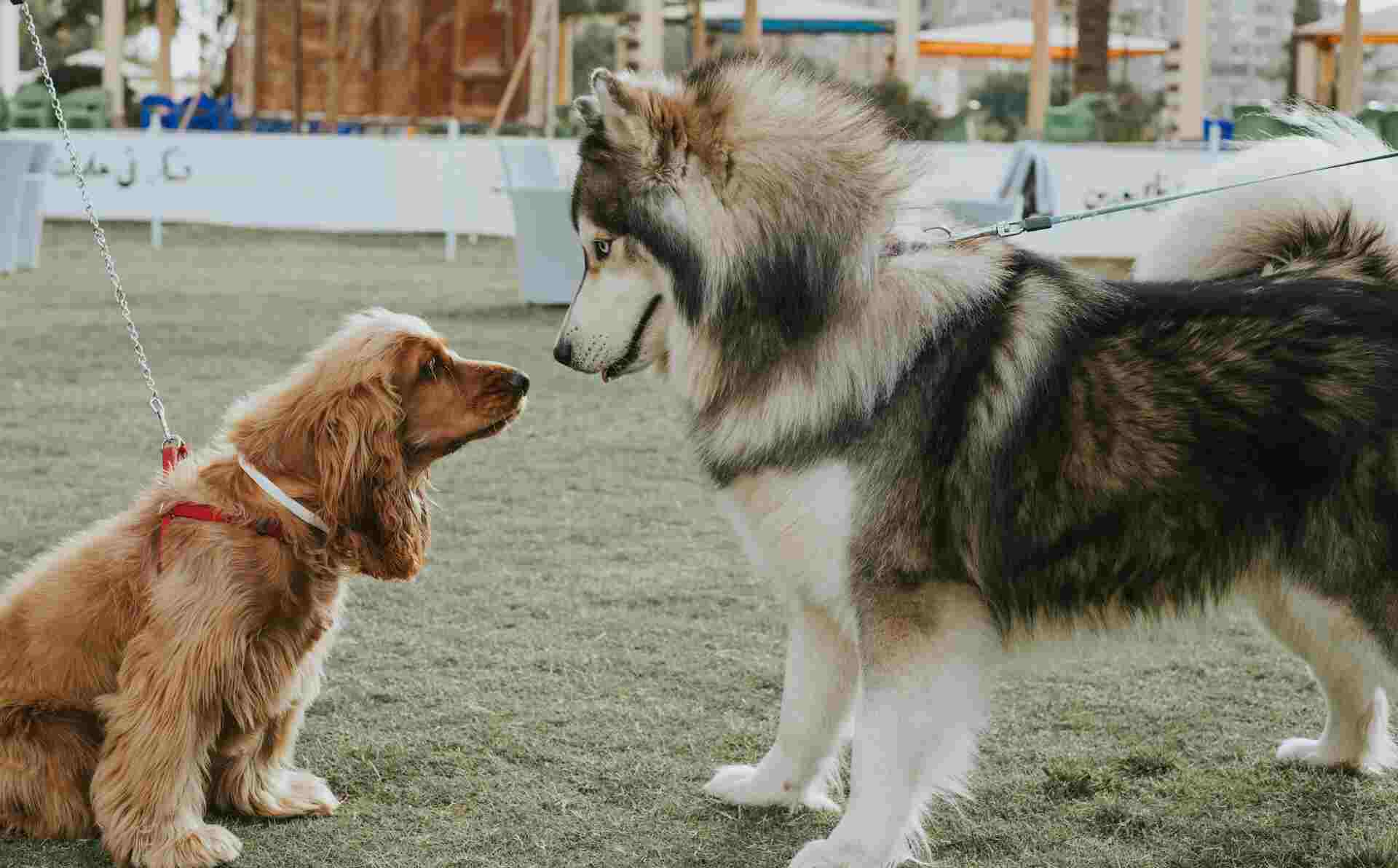Puppies don’t all grow at the same speed. Their size plays a huge part in how quickly they become adults.
Understanding when different dog breeds stop growing is important for pet owners seeking to provide adequate care throughout the critical stages of a dog’s development. Generally, toy dogs and giant breeds have the most distinct differences in growth rates and overall timelines for physical and social maturity.
Puppy growth patterns are shaped by genetics, nutrition, and breed size, with significant variation between the smallest toy breeds and the largest giant breeds. Owners often wonder when their beloved pets will reach their full adult size, a milestone that impacts feeding, training, exercise, and veterinary care. While all puppies experience explosive growth in their first few months, the age at which this growth tapers off depends greatly on breed category and individual factors.
Toy Breeds – Fastest to Mature
Toy breeds, including Chihuahuas, Maltese, and Yorkshire Terriers, are known for reaching adult size rapidly, often within their first 6 to 8 months of life. In fact, by the time a toy puppy is six months old, it may already be close to its full height and weight, with only minor changes as muscle and fat continue to develop over the next few months.
What to expect: They grow very quickly in their first few months of life. Because they are so small, they don’t have as much growing to do. They reach their full adult size before they are a year old.
Medium Breeds
Medium breeds include Beagles, Cocker Spaniels, Border Collies.
- When do they stop growing? Medium-sized dogs usually reach their full size around 12 to 15 months old.
- What to expect: They grow a bit slower than small dogs. They will often reach their full height by their first birthday but may continue to “fill out” and gain muscle for another few months.
Giant Breeds – Longest to Grow
Giant breeds, such as Great Danes and Saint Bernards, grow at a much slower pace and take significantly longer to mature. It is common for giant dogs to reach their full adult size between 18 and 24 months of age, with some taking longer to fully fill out and develop muscle mass. This extended growing period is crucial for proper bone and joint development and requires careful dietary management to avoid health problems.
What to expect: These puppies have a lot of growing to do. Their bones need much more time to develop fully. They might look lanky and uncoordinated for a long time before they finally fill out into their adult body
Why Growth Rate Differences Matter
The wide variation in growth duration between toy and giant breeds affects everything from when to transition to adult dog food, to how veterinary professionals approach joint health and exercise guidelines. Faster maturing breeds need earlier nutritional changes, while slowly maturing giants benefit from prolonged puppy diets and reduced physical strain to support healthy development.
Summary Table:
| Dog Size | Example Breeds | When They Stop Growing |
|---|---|---|
| Small / Toy | Chihuahua, Yorkie | 6 – 8 months |
| Medium | Beagle, Bulldog | 12 – 15 months |
| Large | Labrador, German Shepherd | 12 – 18 months |
| Giant | Great Dane, Mastiff | 18 – 24 months |
Even after a dog looks full-grown on the outside, they might still be maturing on the inside. This is especially true for giant breeds. It’s important to keep feeding them a special “large breed puppy” food until your veterinarian says they are ready for adult food. This helps their bones and joints develop strong and healthy.
Always talk to your vet about your specific puppy. They can give you the best advice for your dog’s growth and health.

